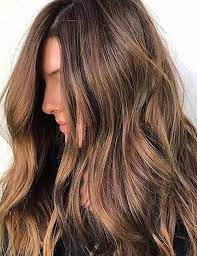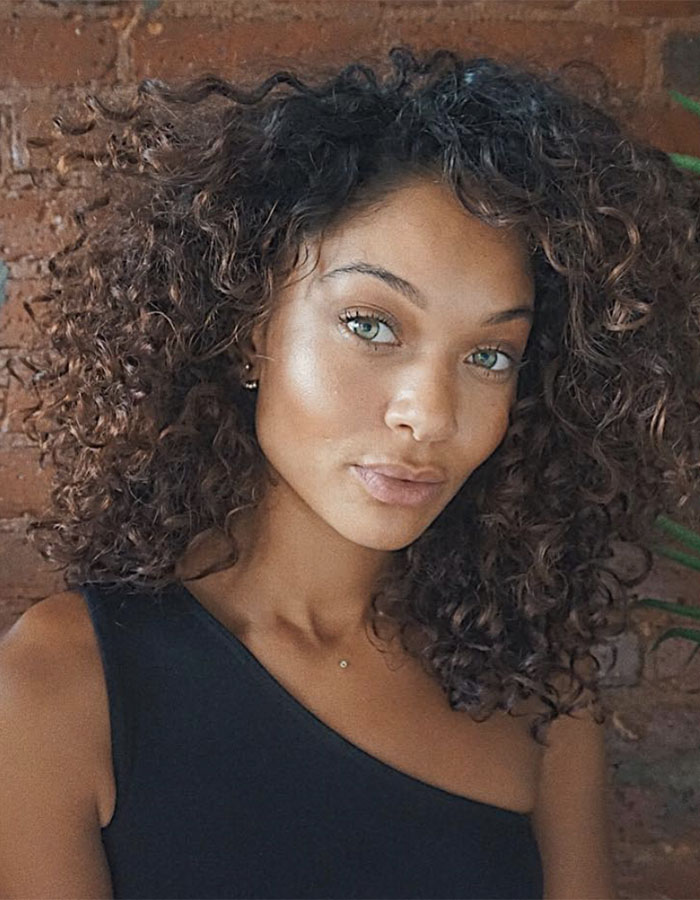
Finding your ideal hair color may seem daunting, but we are here to help! With all our expertise in shades and hues of hair dyeing available today, choosing a shade should be manageable and straightforward – let us be your guide in selecting a fantastic hue!
No matter your skin tone, an appropriate hue of hair color is available to everyone – like Keke Palmer’s pinkish-red locks or Zendaya’s dark red shade. Below, discover some of the most trendy types of summer hair colors!
Warm tones
If you have warm skin, choose hair colors with golden hues like strawberry blonde, honey gold, or rich red mahogany to accentuate your golden yellow tones and give an ageless radiance to your complexion. When selecting the ideal hue, avoid shades with icy or ashy undertones, as these could wash out your face, turning it gray or green.
Fair skin with warm undertones should opt for shades with warm undertones that add warmth, such as golden brown shades or caramel balayage, to avoid clashing with their skin tone and accentuating icy blue or green eyes. Achieve this balance using lowlights or lighter highlighting techniques such as bronde balayage. Adding warmth can prevent your dark brown shade from appearing too ashy or gray; using this balayage technique creates dimension while softening the contrast between warm and cool shades.
Cool tones
Blues, greens, pinks, violets, and purples are refreshing shades that conjure images of nature and outdoor exploration. Many cool tones also provide a soothing experience.
Those with fair complexions and cool undertones should opt for ash-colored or iridescent blonde locks; those with medium to dark skin and cool undertones can wear platinum or iridescent blonde shades, along with burgundy and purplish red tones, such as Rihanna’s deep purple shade (Rihanna herself also sports this hue).
Assembling the color chart can help you choose your ideal hair color, but understanding your level or depth when selecting dye can also be crucial. A hair-color bottle’s first number represents your level or depth (light, natural, or dark); its second number and letter (some dye brands use slashes instead) indicate its tone – all valuable tools in helping determine how a new hue will look on your tresses before committing.
Neutral tones
Neutral skin tones have various color choices available; the key lies in finding shades that complement their complexions, such as strawberry blondes, rich golden coppers, chocolate browns, or honey tones with warm red tones for medium-warm complexions. In contrast, honey tones and warm reds highlight those with cool skin tones.
If you prefer dark hair, a luxurious Tarpley brown hue will suit your natural tones while adding depth and dimension. Or opt for a reddish tint, accentuating any natural red tones without washing you out thoroughly.
For those seeking a more drastic transformation, most colors can still be worn if appropriate accents or techniques, such as high/lowlighting or balayage blending, are added so the hue doesn’t appear harsh. Even vivid red or merlot-inspired burgundy hues may suit some complexions; consult a professional before wearing this look.
Natural tones
Beauty experts understand the distinction between shade

